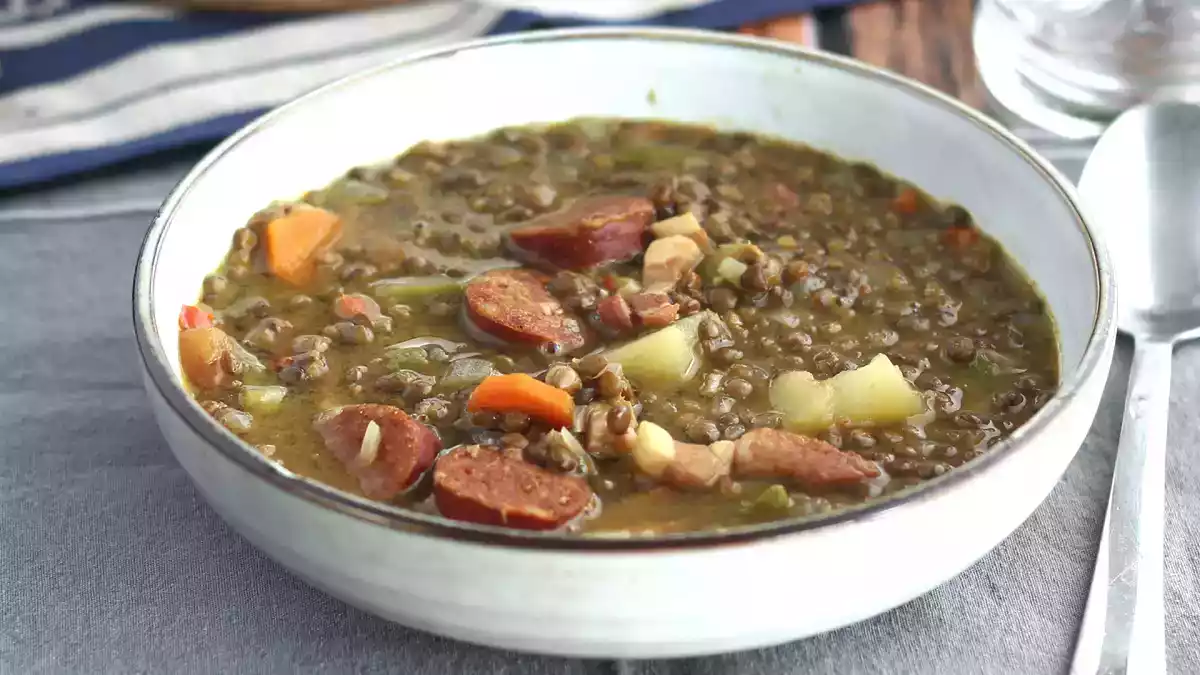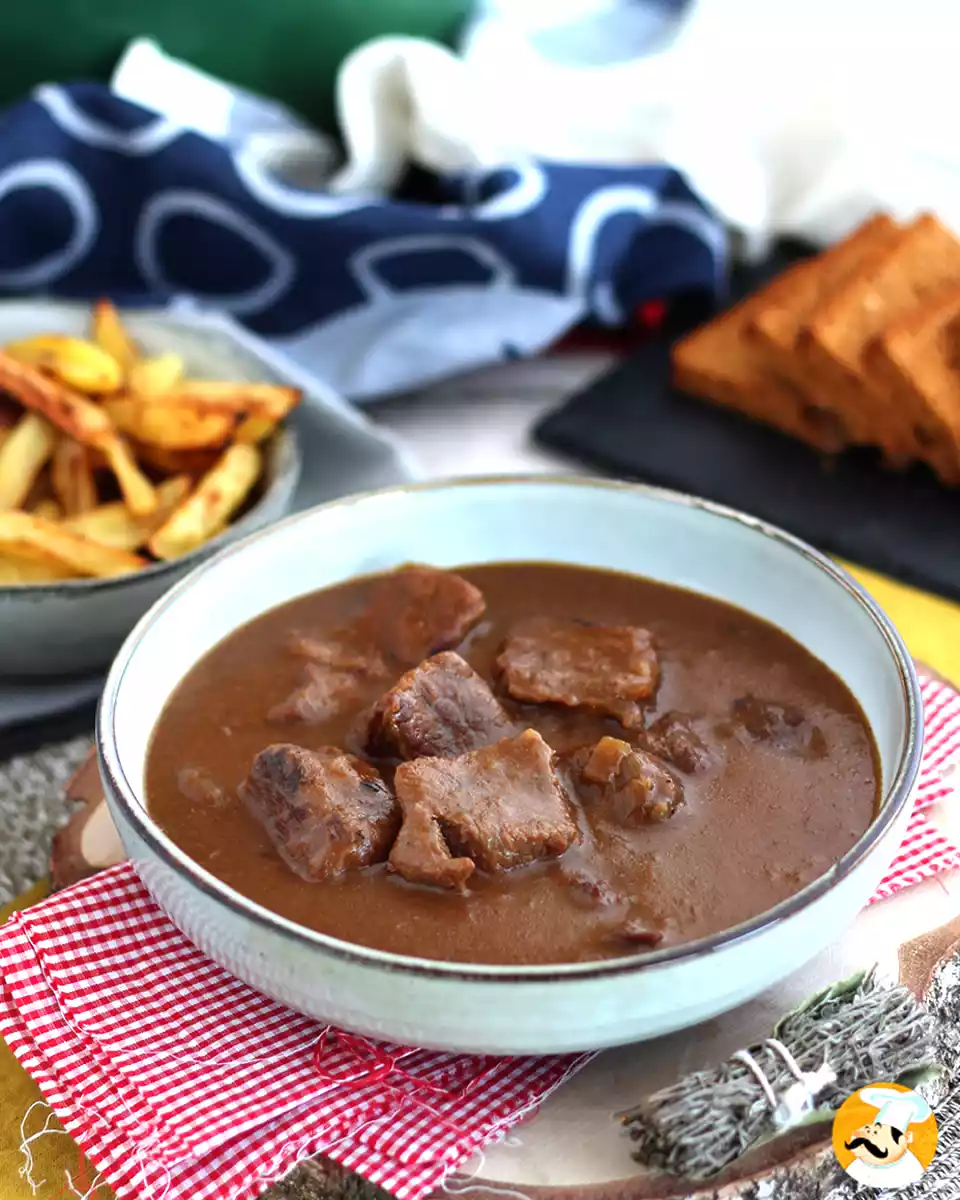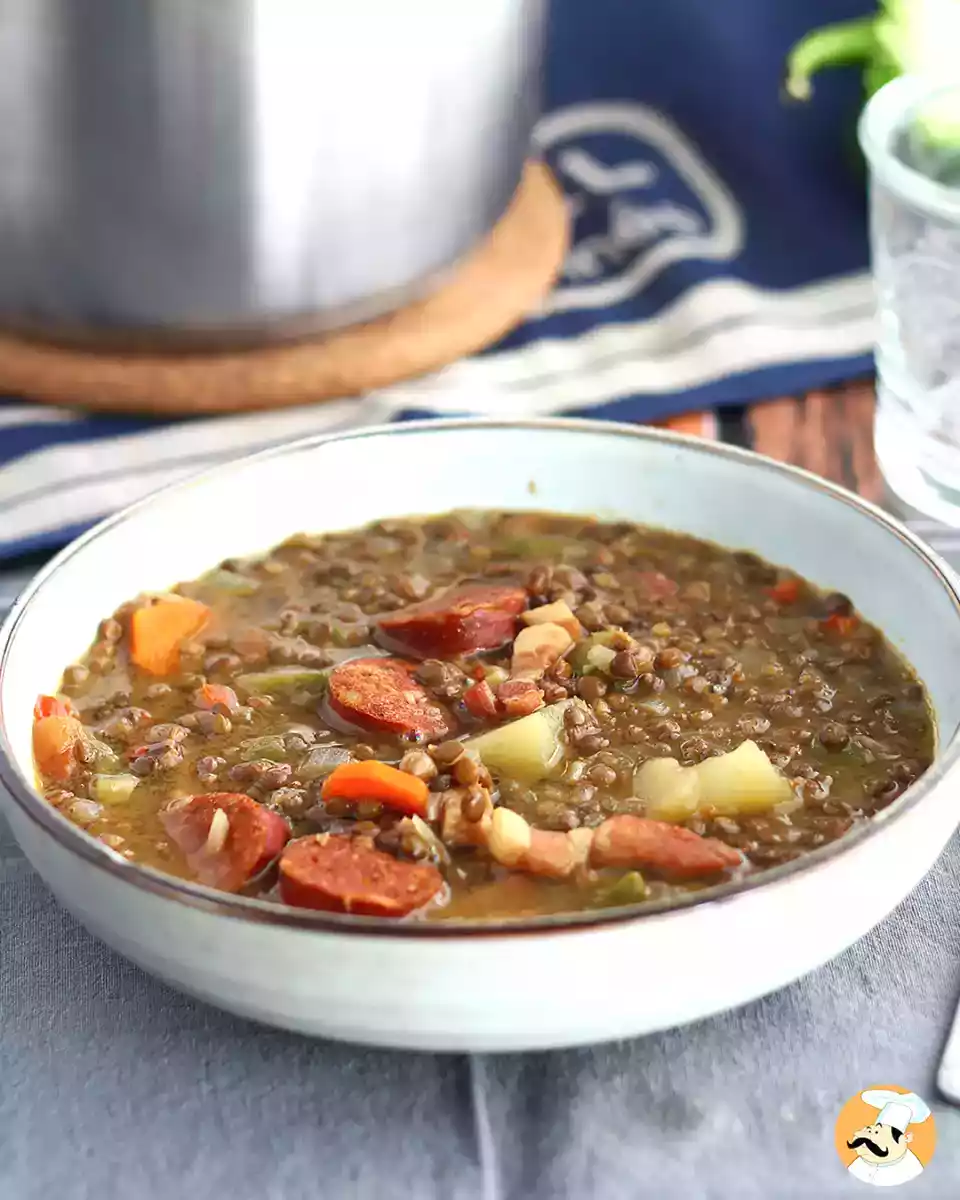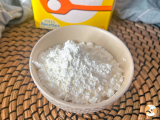The tricks that will change the way you cook: How to thicken stews and achieve the ideal texture.

They say that a good stew is recognized before tasting it: its aroma captures us, its color invites us to the first bite and its texture.... That is the key. In Spanish gastronomy, stews and casseroles are a fundamental pillar. Each dish has its soul in the broth. But what happens when that broth turns out too watery? There is nothing more frustrating than an insipid stew due to lack of body. How do we solve it? Read on and discover the tricks that will change (or improve) the way you cook.
A well-worked sofrito
Spanish Chef Ferrán Adrià has said it on more than one occasion: "A good sofrito is the soul of a stew". Cooking the onion, garlic and tomato over low heat until they caramelize not only adds depth of flavor, but also helps thicken the base of the stew thanks to the natural sugars in the vegetables.
Patience and reduction
"Patience and temperature control, that's the key", says Spanish Chef Joan Roca, in his book Cocina con Joan Roca. In it, he recommends an infallible technique: reducing the liquid over low heat. As the water evaporates, the flavors concentrate and the broth acquires body. How do you know when to stop? Try dragging a spoon along the bottom of the pan: if it leaves a visible groove, the stew has thickened properly.
Flour, a classic that never fails
Flour is a classic ingredient in cooking to thicken stews. It can be used in two ways:
- The first is by sprinkling it directly over the sautéed ingredients (for example, by flouring the meat before including them in the pot) before adding the liquid, stirring well to cook it and avoid the unpleasant taste of raw flour.
- The second is to prepare a roux, which consists of melting butter or heating oil and adding flour, stirring constantly until it acquires a golden color. Then, it is added to the stew to give it a denser and more homogeneous texture.
Cornstarch
Cornstarch, is another great ally for thickening stews without altering their flavor. Unlike flour, it should not be added directly to the broth, as it could form lumps. The ideal is to dissolve a small amount in a little cold water before pouring it into the hot stew, stirring constantly until the desired consistency is achieved. It is especially useful when a quick thickening is needed without adding additional flavors.
Breadcrumbs: grandma's secret
Many chefs have learned it at home: a spoonful of breadcrumbs is enough to thicken a stew without altering its flavor. In Andalusia, Spain, this technique is used in dishes such as oxtail. The key is to add it little by little to avoid lumps.
Legumes as natural thickener
Legumes not only add flavor and nutrients to stews, but can also be used for thickening. A very effective method is to mash a small portion of cooked legumes, such as chickpeas or lentils, and reincorporate them into the stew. This creates a creamier, thicker texture without the need to add other ingredients.
Mashed, grated or flaked potato
The potato is a natural thickener, widely used. It can be used in several ways: by mashing a part of the cooked potato into the stew or by grating it raw and adding it to the hot broth so that it gradually dissolves. Instant mashed potato flakes can also be used for quick and effortless thickening.
Dark chocolate. The unexpected trick
Did you know that some chefs use dark chocolate to thicken and give depth to meat stews? Spanish Chef Martín Berasategui mentions it in his recipes: "A small piece of chocolate with a high percentage of cocoa gives body and a surprising nuance". Ideal for oxtail ;-)
Time to try these tricks?
Now, any stew you prepare will have the ideal consistency. We are curious to know your opinion: Did you know these tricks? Do you use others? Share your experience in the comments: tell us what method you use to thicken your stews. Your opinion is valuable! Here are 2 recipes for you to put them into practice ;-)
Carbonnade Flamande (meat in beer sauce)

A Belgian veal stew slowly cooked in dark beer with onion and thyme, achieving a mellow texture and a balance between sweetness and bitterness characteristic of Flemish cuisine. Cook our recipe and find the secret ingredient that thickens the sauce.
Step by step recipe | Carbonnade Flamande (meat in beer sauce)
Homemade lentils with chorizo

A humble dish but full of nuances, where lentils are cooked with chorizo, bell pepper and bay leaf, resulting in a thick and nutritious stew that has been passed down from generation to generation in Spanish cuisine.
Step by step recipe | Homemade Lentils with chorizo
You may also be interested in:
 Patricia González
Patricia González
Comments